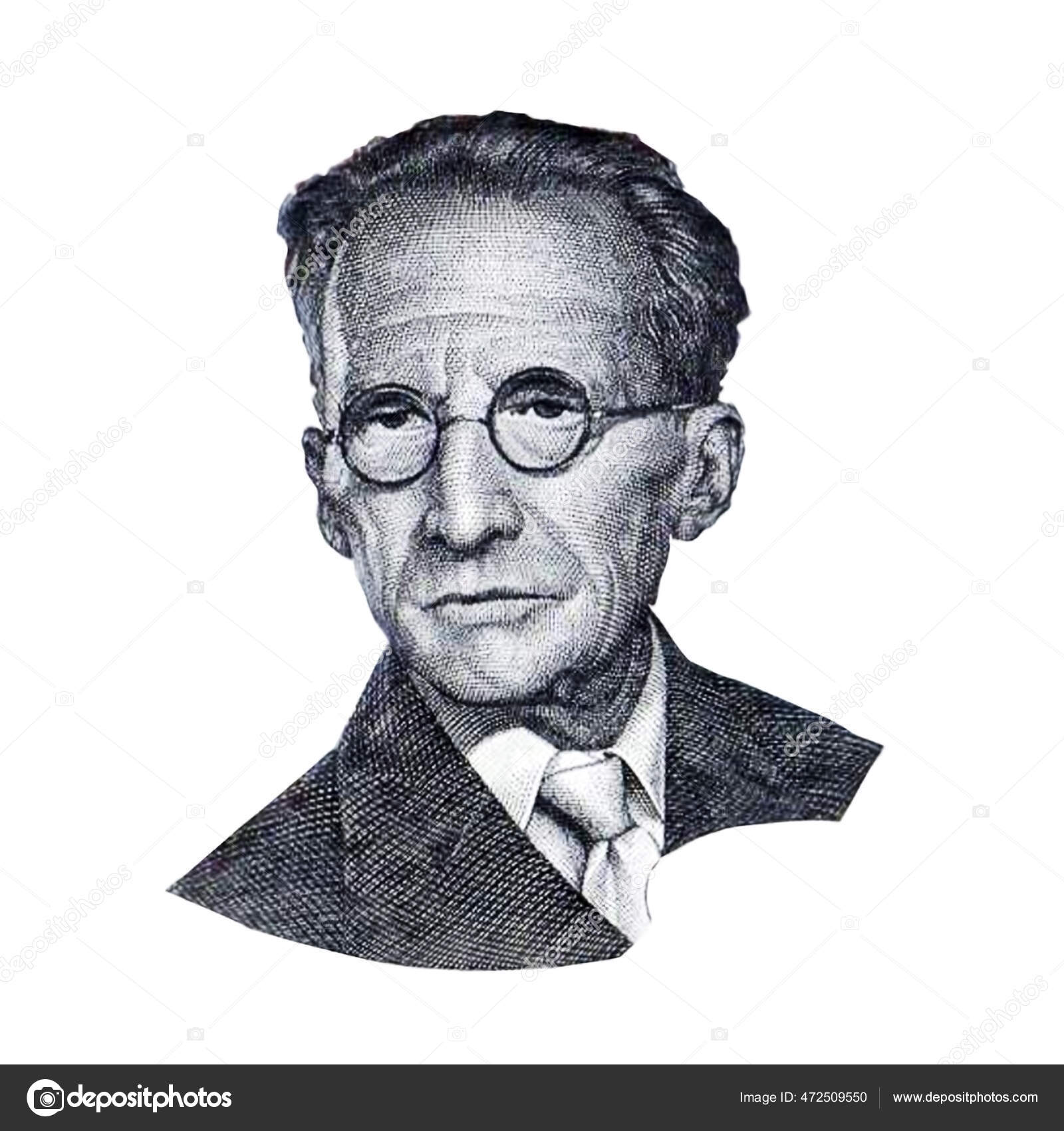

The property of canonical covariance for a quantization rule A ⟷ A means that for every symplectic matrix S we must have A ∘ S ⟷ S ^ A S ^ - 1 ( A ∘ S is the new observable A ∘ S ( q, p ) = A ( S ( q, p ) )). Now, to every symplectic matrix S one can associate two unitary operators ± S ^ acting on L 2 ( R n ) (the square integrable functions) the set of all these operators form a group, the metaplectic group ∗ M p ( n ) (see de Gosson for a detailed study of that group). The elements of ∗ S p ( n ) are identified with 2 n × 2 n matrices S (“symplectic matrices”) satisfying the condition S T J S = J where the superscript T indicates transposition and J = 0 I - I 0 where 0 and I are the zero and identity n × n matrices. Canonical covariance means the following: let ∗ S p ( n ) be the symplectic group of the n-dimensional configuration space it consists of all linear canonical transformations of the corresponding 2 n-dimensional phase space (we have given an elementary construction of ∗ S p ( n ) in de Gosson ). that one can derive Schrödinger’s equation from Hamilton’s equations of motion, and vice versa.

It is a very strong property (see the discussion at the end of the paper) it has allowed us to prove in that Hamiltonian mechanics and quantum mechanics (when quantized using Weyl’s rule) are mathematically equivalent theories, i.e. This property singles out Weyl quantization among all possible quantizations it is probably thanks to this peculiarity that Weyl quantization superseded (at least among mathematical physicists) the BJ (and other possible quantization schemes). Let us briefly discuss in this context the property of canonical covariance. We observe that it is possible to go from the Heisenberg picture to the Schrödinger picture (and back) using the following simple argument (see for instance Messiah or Schiff ): a ket We will not bother with the technical shortcomings of Schrödinger’s and Eckart’s approaches here, but rather focus on one, perhaps more fundamental, aspect which seems to have been overlooked in the literature. Both proofs contained flaws, and one had to wait until von Neumann’s seminal work for a rigorous proof of the equivalence of both theories (see the discussions in Madrid Casado and Muller both papers contain a wealth of historical details also see van der Waerden’s very interesting discussion Pauli’s unpublished letter regarding the (non)equivalence of wave mechanics and matrix mechanics). Schrödinger (and, independently, Eckart ) attempted to prove shortly after the publication of Heisenberg’s result that wave mechanics and matrix mechanics were mathematically equivalent. We finally suggest that it might be possible to determine the correct quantization scheme by using the results of weak measurement experiments.
Schrodinger picture how to#
We also show how to explicitly determine the Born–Jordan quantization of arbitrary classical variables, and discuss the conceptual advantages in using this quantization scheme. This observation confirms the superiority of Born–Jordan quantization, as already suggested by Kauffmann. One apparently unnoticed consequence of this fact is that Schrödinger’s wave mechanics cannot be equivalent to Heisenberg’s more physically motivated matrix mechanics unless its observables are quantized using this rule, and not the more symmetric prescription proposed by Weyl in 1926, which has become the standard procedure in quantum mechanics. Born and Jordan showed that if one wants to ensure energy conservation in Heisenberg’s theory it is necessary and sufficient to quantize observables following a certain ordering rule. Photo: Benjamin Couprie, Institut International de Physique Solvay, Brussels, Belgium.The aim of the famous Born and Jordan 1925 paper was to put Heisenberg’s matrix mechanics on a firm mathematical basis. Front row, left to right: Irving Langmuir, Max Planck, Marie Skłodowska Curie, Hendrik Lorentz, Albert Einstein, Paul Langevin, Charles-Eugène Guye, Charles Thomson Rees Wilson, Owen Willans Richardson. Middle row, left to right: Peter Debye, Martin Knudsen, William Lawrence Bragg, Hendrik Anthony Kramers, Paul Dirac, Arthur Compton, Louis de Broglie, Max Born, Niels Bohr. Back row, left to right: Auguste Piccard, Émile Henriot, Paul Ehrenfest, Édouard Herzen, Théophile de Donder, Erwin Schrödinger, Jules-Émile Verschaffelt, Wolfgang Pauli, Werner Heisenberg, Ralph Howard Fowler, Léon Brillouin. 17 of the 29 participants were or became Nobel Laureates. Prominent physicists from all the world met to discuss the newly formulated quantum theory. The fifth Solvay International Conference on Electrons and Photons, was held in October 1927.


 0 kommentar(er)
0 kommentar(er)
